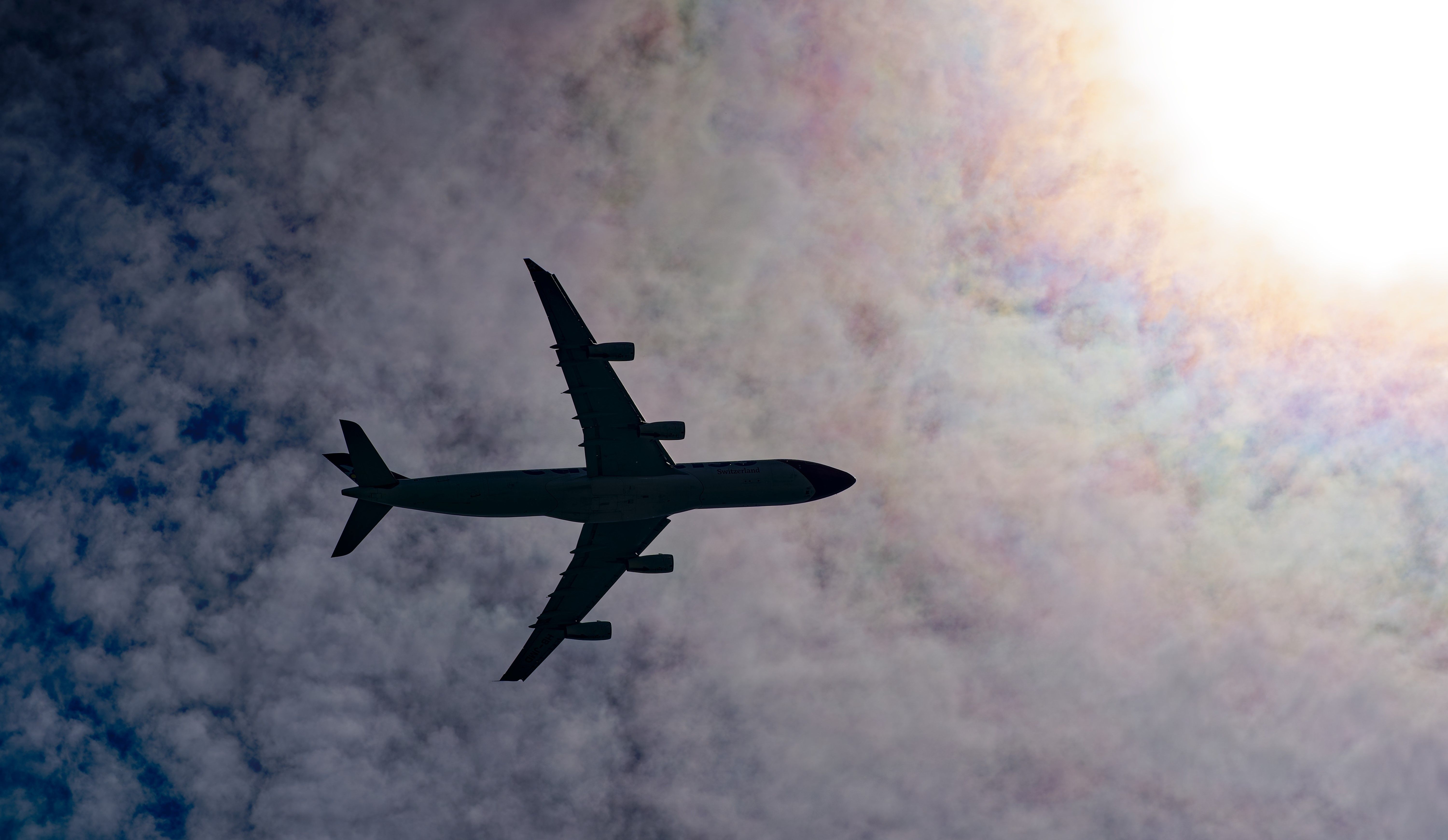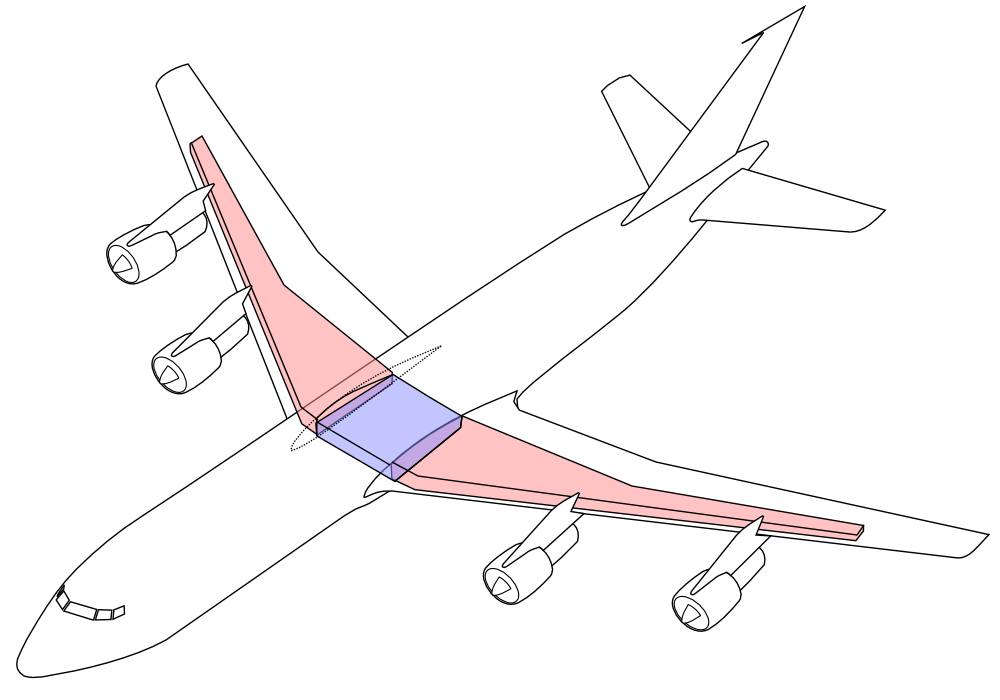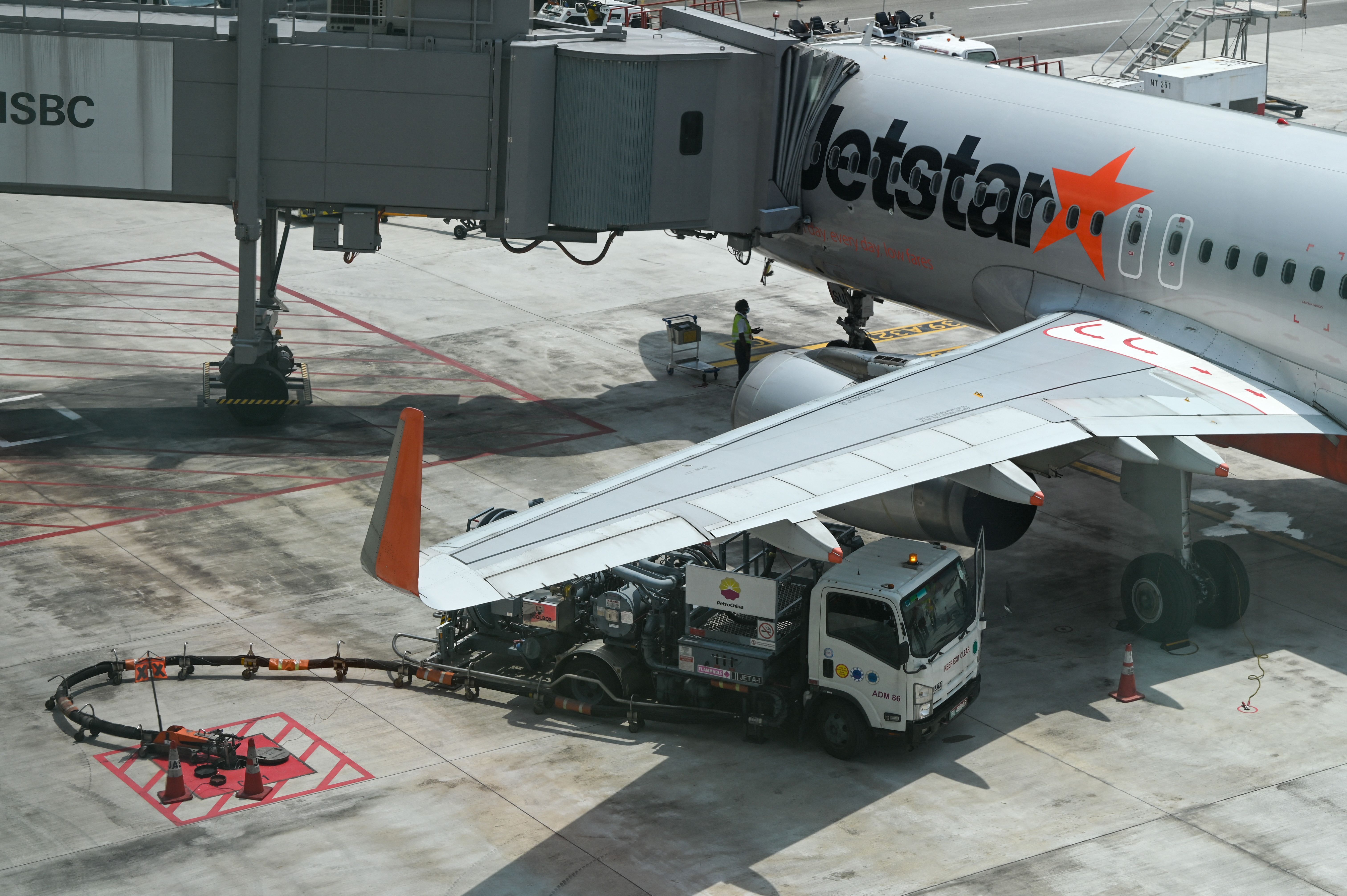When an aircraft needs to make an emergency landing, sometimes it needs to dump fuel urgently to remain within the landing weight limit. What is this process, and what happens to the fuel? Let's explore.
Which aircraft can dump fuel?
What you might find surprising is that not every aircraft can dump fuel. That is, there is no need for smaller planes like the Boeing 737 to be able to dump fuel when it can simply burn it off through a few orbits of the airport. If the plane needs to land urgently, then the fuel onboard won't significantly hinder the landing operations.
Larger planes like the Boeing 747, on the other hand, have fuel jettison systems. If the aircraft tried to land without dumping the fuel first, it is considered an overweight landing attempt and could place immense stress on the airframe. It could also increase the risk of fire and fuel leaking onto the tarmac.
However, airframe manufacturers have built these aircraft with these conditions in mind, and thus, the plane typically has these overweight tolerances built in.
What happens when an aircraft dumps fuel?
When an aircraft decides to dump fuel at altitude, the pilots flick a switch in the cockpit and pumps push the fuel out of nozzles in the wings. The fuel disperses over a wide enough area that the particles evaporate into a fine mist. Essentially, it evaporates into a gaseous form and then fades into the background gases of the atmosphere.
However, if an aircraft is low enough, say after take off, and it disperses its fuel, it may stay in a liquid form until it hits the ground.
In this case, the aircraft will try to dump fuel away from populated areas. The FAA explicitly mentions that no dumping can occur under 2,000 feet. Worst-case scenario, the aircraft isn't high enough and needs to dump over a populated area, the results are milder than you may expect.
The ASSIST principle
SKYbrary highlights the following process when dealing with fuel dumps:
"Best practice embedded in the ASSIST principle could be followed (A - Acknowledge; S - Separate, S - Silence; I - Inform, S - Support, T - Time):
- A - acknowledge the emergency, ask for intentions and provide information regarding suitable fuel dumping areas and altitudes as well as suitable landing aerodromes as necessary;
- S - separate the aircraft from other traffic. If such an area exists, vector the aircraft to the designated fuel dumping area. Ensure that dumping occurs at an altitude that will allow evaporation/dissipation of the fuel before it reaches the ground - 5000 to 6000" AGL is usually sufficient.
- S - silence the non-urgent calls (as required) and use separate frequency where possible;
- I - inform the supervisor and other sectors/units concerned; inform the airport emergency fire rescue services and all concerned parties according to local procedures; inform other (uncontrolled) traffic in the vicinity using a general call, e.g. "All stations, [ATS unit], [TYPE] dumping fuel [level] [route or location]"
- S - support the flight by providing any information requested and necessary such as type of approach, runway length and any additional aerodrome details, etc.
- T - provide time for the crew to assess the situation, execute the dumping procedure and complete associated checklists - don’t press with non urgent matters."
Get all the latest aviation news right here on Simple Flying.
When Delta dumped fuel on an elementary school
Back in January 2020, a Delta 777 en route to Shanghai from Los Angeles suffered an emergency after take-off and had to shut down one of the engines. The plane then had to dump 15,000 gallons of fuel at the height of 2000 feet over a suburb of the coastal city. Unfortunately, it was over three schools, including one for small children.
The fuel dump affected over 50 people, who claimed to have seen the plane pass overhead and then noticed a powerful smell of fuel. It was only after this point that they noticed their eyes burning, skin itching, and some breathing problems - fortunately, no other significant injuries were reported. However, there have been lawsuits since. A man even stated that he was covered in kerosene. The following video shows the fuel dump clearly:
Overall choices
Every emergency situation is different, and pilots have to take into account the severity and urgency of the issue. Upon assessing the options available to them, the cockpit crew can take one of the following options in an emergency landing:
- Fly around and burn off excess fuel
- Dump fuel
- Land the aircraft heavy
Not all aircraft have jettison systems. So pilots of smaller twinjets have two options - to burn fuel or perform an overweight landing. Despite being an environmental and messy risk, fuel dumping has helped avoid potential tragedies over the years.
What do you think about the fuel dumping protocols of a commercial aircraft? Let us know what you think in the comment section.




